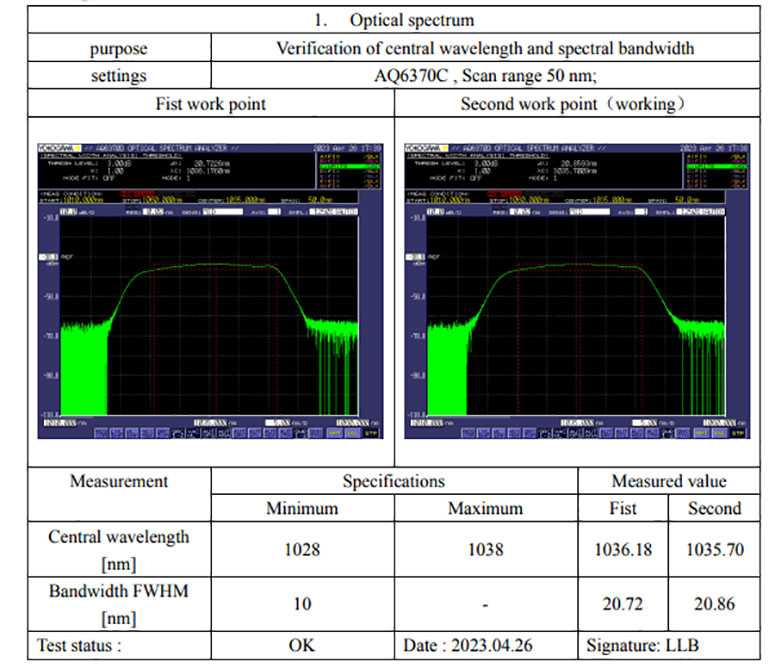Table of Contents

With the advent of picosecond fiber laser module, a new era has dawned in the field of technology. This cutting-edge innovation has opened up endless possibilities for various industry-specific applications.
The Power of Picosecond Fiber Laser Module
Picosecond fiber laser module is a highly advanced and compact device that emits ultra-short pulses of light in the picosecond range. These lasers offer unparalleled precision and control, making them ideal for a wide range of applications such as micromachining, biomedical imaging, spectroscopy, and telecommunications.
One key advantage of picosecond fiber laser modules is their ability to deliver high peak powers without causing thermal damage to the target material. This enables precise material processing with minimal heat-affected zones and improved overall efficiency.
Furthermore, these modules can operate at various wavelengths ranging from ultraviolet to infrared, allowing for versatile usage across different industries. The flexibility offered by picosecond fiber laser modules makes them an indispensable tool in today’s technological landscape.
Find more about wavelength division multiplexing wdm.
The Role of Wavelength Division Multiplexing (WDM)
In addition to its inherent capabilities, the integration of wavelength division multiplexing (WDM) technology further enhances the functionality and versatility of picosecond fiber laser modules.
WDM allows multiple signals with different wavelengths to be transmitted simultaneously through a single optical fiber. By utilizing this technique in conjunction with picosecond fiber lasers, it becomes possible to perform complex tasks such as multi-color fluorescence imaging or simultaneous material processing at different depths within transparent materials.
This combination opens up new avenues for research and development across various fields including biotechnology, telecommunications, and materials science.
The Advancement Enabled by Optizone Technology
Optizone Technology is a groundbreaking feature that has revolutionized the performance of picosecond fiber laser modules. This technology enables precise control over the spatial distribution of laser pulses, allowing for customized beam shaping and focusing.
By manipulating the shape and intensity profile of the laser beam, Optizone Technology enhances the efficiency and accuracy of material processing tasks. It also facilitates advanced imaging techniques such as two-photon microscopy, enabling researchers to explore intricate biological structures with unprecedented clarity.
In Conclusion

Picosecond fiber laser module, coupled with WDM integration and Optizone Technology, represents a significant breakthrough in technology. Its ability to deliver ultra-short pulses with high precision opens up new possibilities for industry-specific applications across various sectors.
As we continue to push boundaries in technological advancements, picosecond fiber laser modules will undoubtedly play a pivotal role in shaping our future by enabling us to achieve greater levels of precision and efficiency in diverse fields ranging from manufacturing to healthcare.



